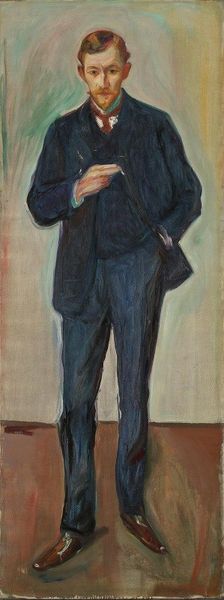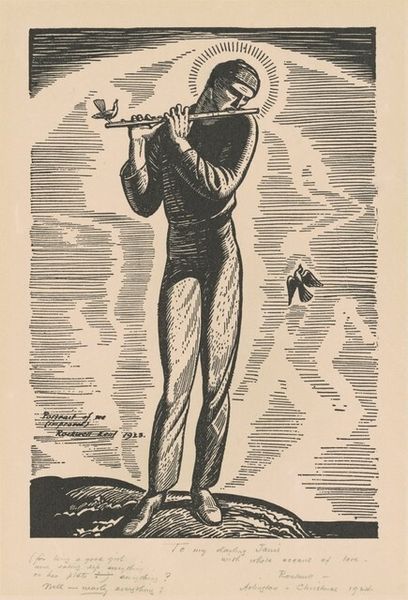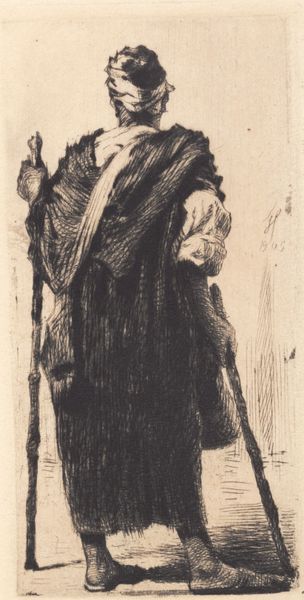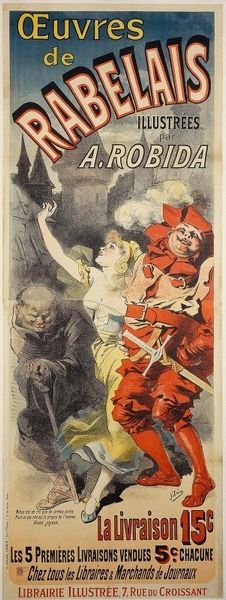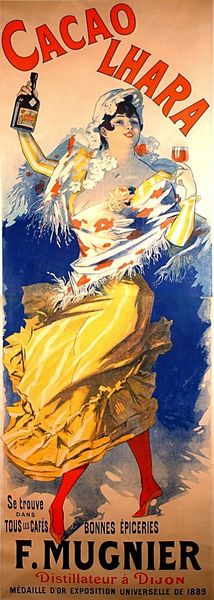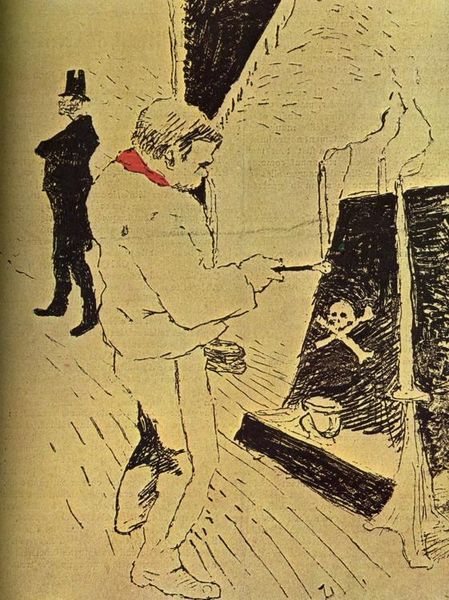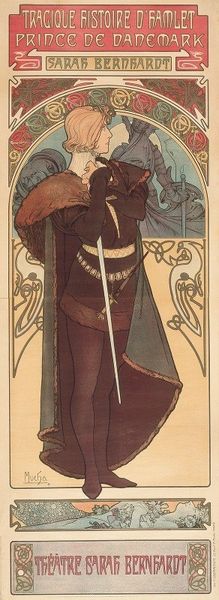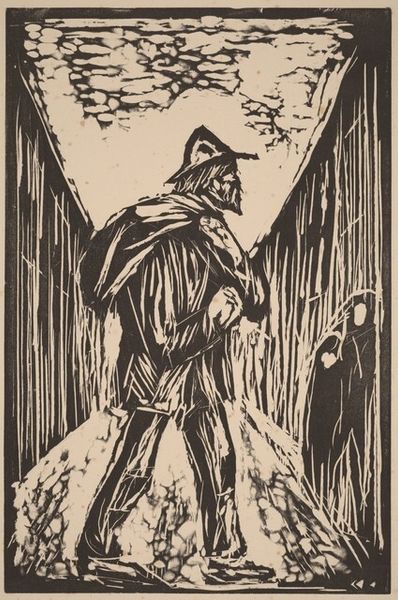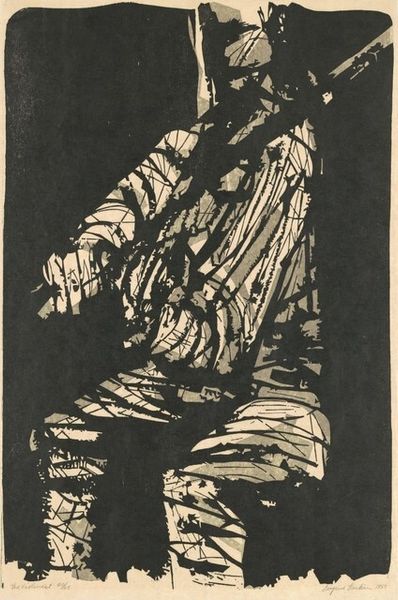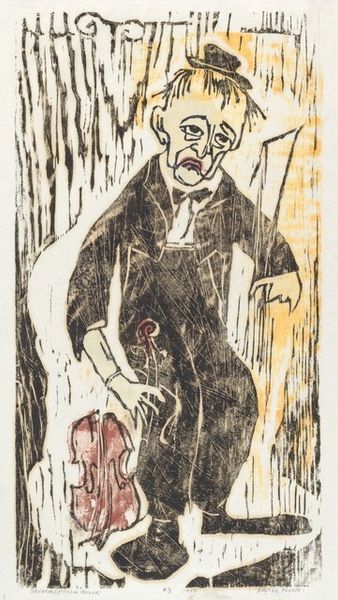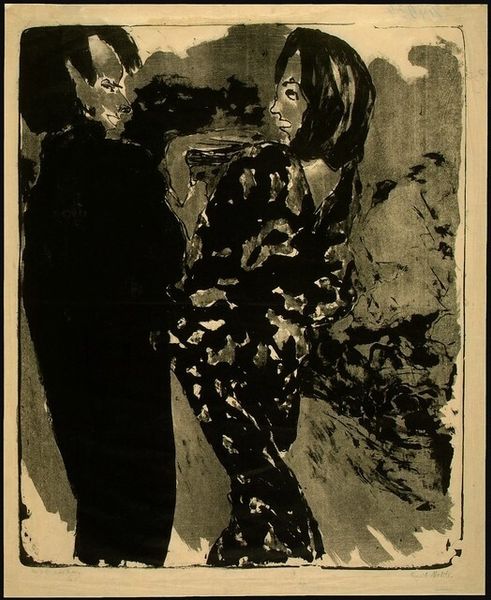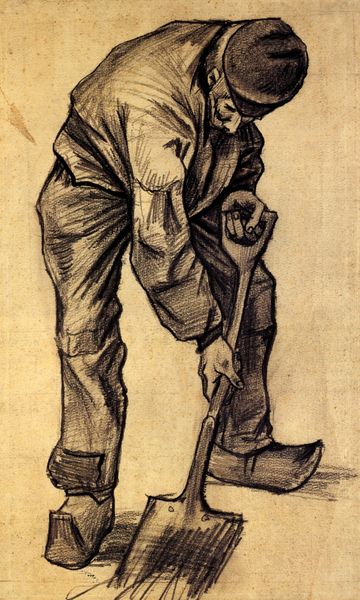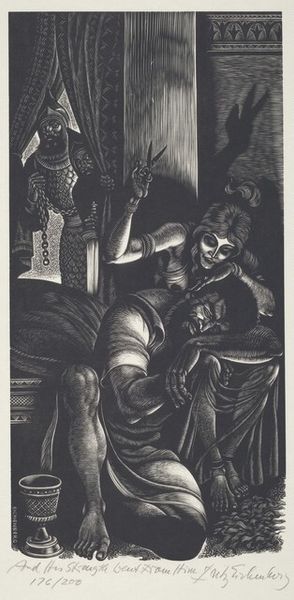
poster
#
art-nouveau
#
caricature
#
caricature
#
naive art
#
symbolism
#
poster
Copyright: Public Domain: Artvee
Curator: Maximilien Luce’s 1898 poster, titled "Mévisto," announces a performance at A La Scala. What’s your initial reaction to it? Editor: Immediately, it's unsettling. The distorted figure with a ghastly expression contrasts so starkly with the bright, almost circus-like background. It feels like a critique lurking beneath the surface. Curator: That ghastly figure really captures the essence of Méphistophélès, the iconic tempter, the shadow side of human nature. His costume recalls traditional depictions. Editor: But what kind of theater is being advertised here? "Mévisto" – a play on Mephisto from Faust, no doubt, suggests a narrative dripping with corruption, but with a dash of class satire perhaps? The faces at the bottom also have this sneering quality about them. Curator: The visual symbolism certainly emphasizes corruption. He casts a shadow on the everyday figures beneath him, suggesting the temptation and fall of the regular guy. Editor: I wonder what a turn-of-the-century Parisian audience would make of such visual language, especially in a context intended for mass consumption. Are we to see the darkness reflected in every one of us? Curator: Exactly! The Art Nouveau style, used for the words “A La Scala”, almost clashes with the overall tone of caricature—showing us that maybe high and low art or high and low classes are not so different from each other. Editor: Fascinating. And Luce, known for his anarchist politics, might be using this piece as a critique of societal hypocrisy, particularly the corruption within entertainment. Curator: Or how society allows itself to be tempted. The “every night” further solidifies his ubiquity. Editor: I’m intrigued by the choice to blend an advertisement with what seems like a pretty sharp indictment of power structures. Thanks for revealing some more background for us to ponder! Curator: Thank you. The use of such a recognizable image speaks to a desire for artists to work with archetypes as familiar warnings. I hope this sparks even further thought.
Comments
No comments
Be the first to comment and join the conversation on the ultimate creative platform.
